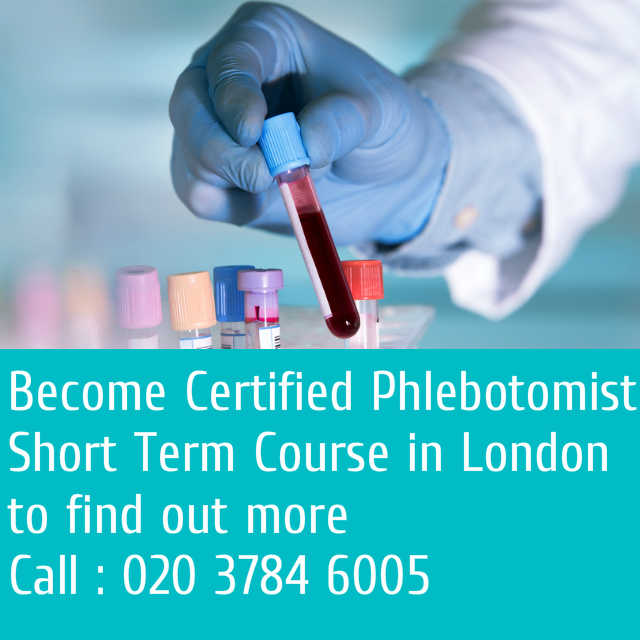Phlebotomy (from the Greek words phlebo-, meaning “pertaining to a blood vessel”, and -tomia, meaning “cutting of”) is the process of making an incision in a vein with a needle. The procedure itself is known as a venipuncture. A person who performs phlebotomy is called a “phlebotomist”, although doctors, nurses, medical laboratory scientists and others do portions of phlebotomy procedures in many countries.
Phlebotomists
Phlebotomists are people trained to draw blood from a patient [mostly from veins] for clinical or medical testing, transfusions, donations, or research. Phlebotomists collect blood primarily by performing venipunctures (or, for collection of minute quantities of blood, finger sticks). Blood may be collected from infants by means of a heel stick. The duties of a phlebotomist may include properly identifying the patient, interpreting the tests requested on the requisition, drawing blood into the correct tubes with the proper additives, accurately explaining the procedure to the patients, preparing patients accordingly, practicing the required forms of asepsis, practicing standard and universal precautions, performing the skin/vein puncture, withdrawing blood into containers or tubes, restoring hemostasis of the puncture site, instructing patients on post-puncture care, ordering tests per the doctor’s requisition, affixing tubes with electronically printed labels, and delivering specimens to a laboratory.
Some countries, states, or districts require that phlebotomy personnel be licensed or registered:
In the UK there is no requirement for holding a formal qualification or certification prior to becoming a phlebotomist as training is usually provided on the job. The NHS offers training with formal certification upon completion.[4]
History
Early “phlebotomists” used techniques such as leeches and incision to extract blood from the body. Bloodletting was used as a therapeutic as well as a prophylactic process, thought to remove toxins from the body and to balance the humours. While physicians did perform bloodletting, it was a specialty of barber-surgeons, the primary provider of health care to most people in the medieval and early modern eras.
to know more please visit www.presidencylondon.co.uk, email: info@presidencylondon.co.uk tel: 020 3784 6005

